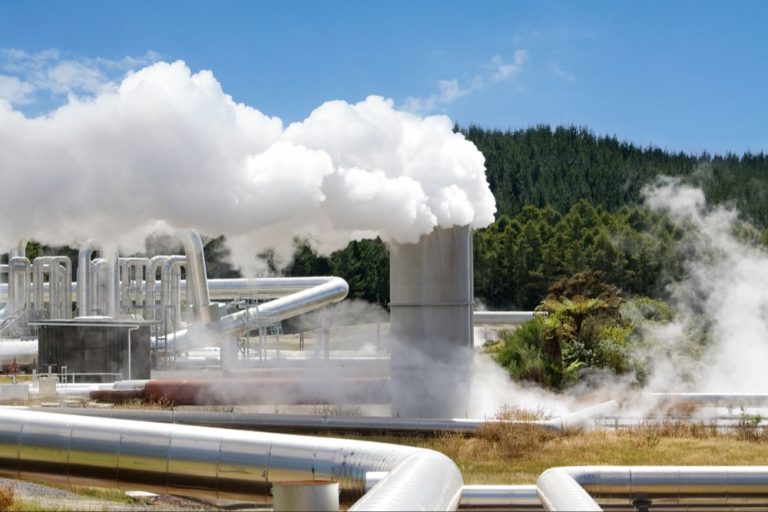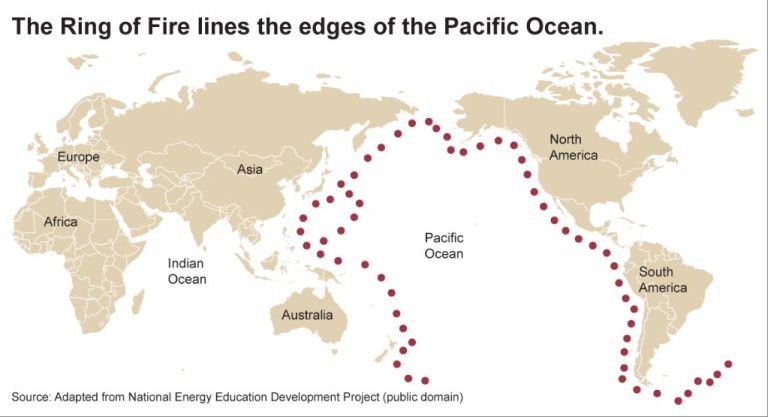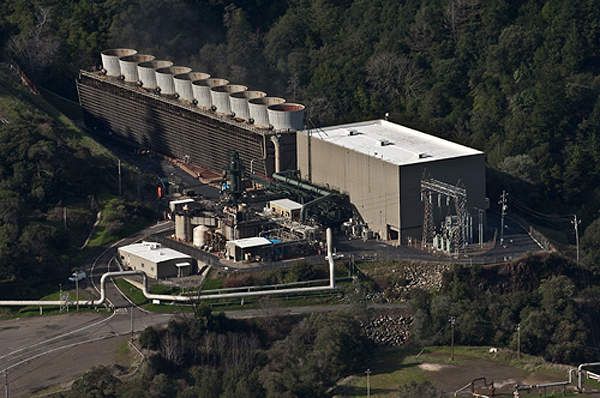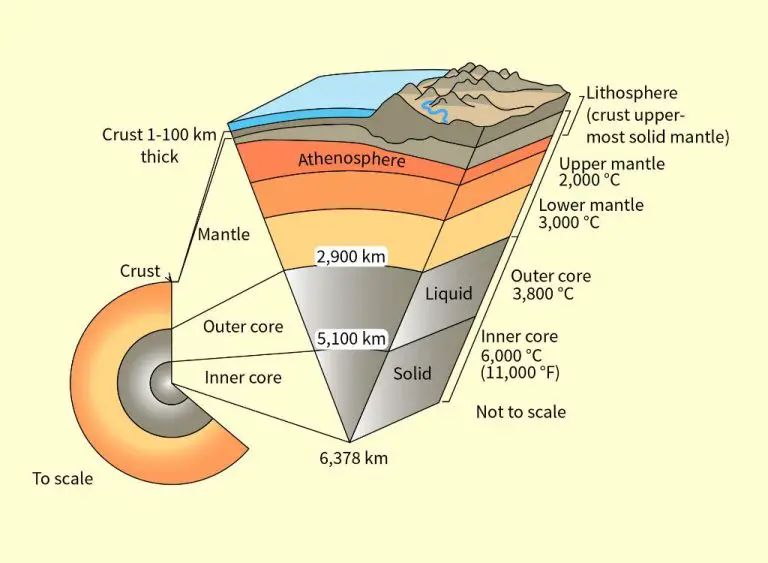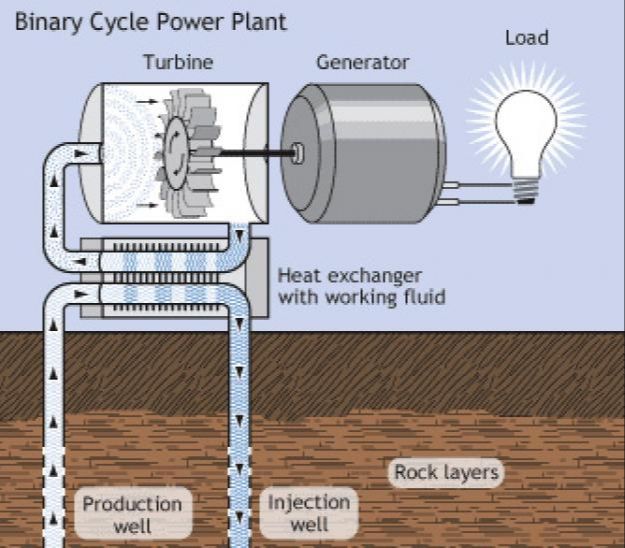Why Is The Philippines Rich In Geothermal Energy?
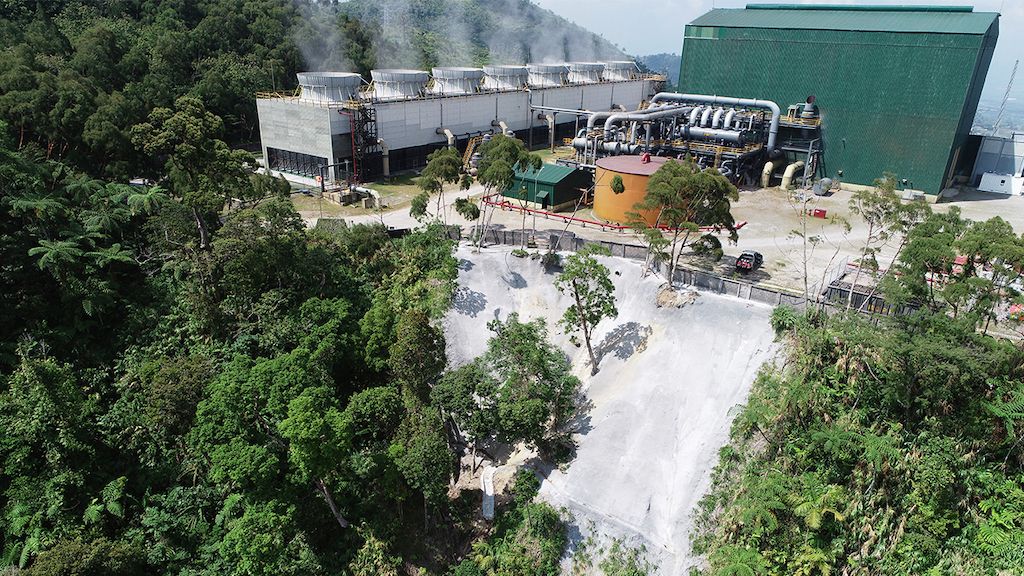
Geothermal energy is thermal energy produced by heat from the Earth’s interior. It is a clean, renewable source of energy that can provide constant baseload power without producing greenhouse gas emissions. The Philippines is considered one of the world’s richest countries in geothermal resources due to its location along the “Ring of Fire” zone of high tectonic and volcanic activity. With over 1,900 megawatts of installed geothermal capacity, the Philippines ranks second globally in geothermal power generation. However, the country has the potential for much greater geothermal development, which could help meet increasing energy demands while reducing reliance on imported fossil fuels.
Geological Factors
The Philippines’ location on the Pacific Ring of Fire provides it with many active volcanoes and hot springs. The Ring of Fire is a region around the rim of the Pacific Ocean with many active volcanoes and frequent earthquakes. According to the Encyclopedia Britannica, the Ring of Fire includes over 75% of the world’s active and dormant volcanoes. The movement of tectonic plates in this region is the cause of this high volcanic activity.
The Philippines lies between the Philippine Sea Plate, the Eurasian Plate and the Indo-Australian Plate. As these plates grind against each other, they produce earthquakes and volcanoes. This tectonic activity makes the Philippines home to over 20 active volcanoes and a large number of geothermal reservoirs that can produce steam for energy generation. The country’s position on the Ring of Fire gives it access to substantial geothermal resources.
Tectonic Plate Movement
The Philippines lies along the boundary of two major tectonic plates – the Philippine Sea Plate and the Eurasian Plate. The collision and subduction of these two plates creates ideal conditions for geothermal activity in the Philippines (The Philippines). The Philippine Sea Plate is subducting under the Eurasian Plate at a shallow angle in eastern Philippines, while the Eurasian Plate is subducting more steeply under the Philippine Sea Plate in western Philippines (Geothermal Potential of the Philippines). This tectonic activity produces frequent earthquakes and volcanic eruptions, indicating the presence of magma and heat flow that can be tapped for geothermal power generation.
Abundant Reservoirs
There are over 200 volcanic geothermal reservoirs in the Philippines. The country sits on the Pacific Ring of Fire, and has a complex tectonic setting that leads to significant volcanic and hydrothermal activity. Research has identified at least 244 exploitable and promising geothermal sites, primarily in the eastern and western regions of the country (https://www.sciencedirect.com/science/article/abs/pii/037565059390036M). The most productive reservoirs are in volcanic areas on the islands of Luzon, Leyte, and Mindanao, which have a high temperature resource and permeability to allow the extraction and utilization of geothermal fluids.
Government Support
The Philippine government has played a key role in supporting the development of geothermal energy in the country. In 2008, the Philippines established the Geothermal Energy Act to promote the exploration, development, and utilization of geothermal resources. This act provides fiscal incentives for geothermal development such as income tax holidays, duty-free importation of machinery, tax credits, and other incentives.
The government views geothermal as an important part of the country’s energy security and has invested heavily in exploration surveys to identify prospective areas. State-owned PNOC Exploration Corporation is mandated to carry out nationwide geothermal exploration and make this data available to geothermal developers.
The Department of Energy also facilitates the permitting process for geothermal projects and coordinates with other government agencies. Strong and consistent government support has been crucial in making the Philippines the world’s second largest geothermal energy producer.
Early Investment
The Philippines started developing geothermal energy in the 1970s earlier than its neighbors, with the initial interest sparked by rising oil costs and rapid increases in electricity demand. The first commercial geothermal power plant opened at Tiwi in Albay province in 1979, followed by plants at Makiling-Banahaw in Laguna and Leyte in the early 1980s. According to Sussman (1993), the government provided strong support for geothermal energy development at this time, as it helped improve energy security and reduce dependence on imported fuel. Foreign funding and technology transfer also played a key role in the early expansion of geothermal power in the country. By the late 1980s, installed geothermal capacity in the Philippines had reached more than 1,000 MW.
Grid Connectivity
Many geothermal plants in the Philippines are connected to the main electricity grid. This grid connectivity allows geothermal energy to be distributed efficiently across the country. According to a report by the Lopez Group, they are installing 40MW of battery storage at geothermal power plants in the Philippines to help stabilize the grid (energy-storage.news). The batteries will store excess energy produced by the geothermal plants and discharge it during peak demand. Grid connectivity and energy storage solutions allow the Philippines to maximize the benefits of its substantial geothermal resources.
Energy Security
The Philippines relies heavily on imported fossil fuels like coal and natural gas to meet its energy needs. As of 2020, nearly 52% of the country’s electricity came from coal, while another 23% came from natural gas 1. This dependence on energy imports leaves the Philippines vulnerable to global price fluctuations and supply disruptions.
Developing domestic renewable energy sources like geothermal can strengthen the Philippines’ energy security by reducing the need for imported fossil fuels. The Philippines has the second largest geothermal power capacity in the world after the United States. As of 2021, geothermal accounted for nearly 11% of the country’s total electricity generation capacity 2. With abundant untapped potential, geothermal energy can play a key role in meeting the Philippines’ rising electricity demand while also insulating it from volatility in global fossil fuel prices.
Investing further in geothermal power aligns with the Philippines’ goal to increase the share of renewable energy to 35% of its energy mix by 2030 and 50% by 2040. Reducing dependence on imported fossil fuels will strengthen long-term energy security and support sustainable economic development.
Environmental Benefits
One of the major advantages of geothermal energy is that it produces very little greenhouse gas emissions and air pollution. According to the Office of Energy Efficiency and Renewable Energy, geothermal power plants emit on average just 4 grams of carbon dioxide per kilowatt-hour, which is nearly 1% of the emissions from a traditional coal-fired power plant (https://www.energy.gov/eere/geothermal/geothermal-faqs). Geothermal energy is able to produce base-load, renewable electricity with a small land footprint and minimal emissions. The technology emits little carbon dioxide, particulate matter, or toxins.
In comparison with fossil fuel power plants, geothermal plants produce on average 97% less acid rain-causing sulphur dioxide emissions. They also eliminate the risk of potential cap and trade regulations on carbon emissions in the future, which can represent a major operating cost for fossil fuel plants (https://www.nrel.gov/docs/fy05osti/35939.pdf). The emissions reductions provide environmental benefits for local communities and help the country meet its climate change mitigation goals.
Conclusion
In summary, the Philippines is rich in geothermal energy due to several key factors. The country’s location along the Pacific Ring of Fire means it has abundant geothermal reservoirs. Early investment in geothermal energy by the government in the 1970s established infrastructure that allowed the Philippines to take advantage of these natural resources. As a result, geothermal power now accounts for 11% of the country’s energy mix, providing energy security and environmental benefits.
Looking ahead, the Philippines is expected to expand their geothermal capacity even further, with some projections estimating the country could produce up to 6,000 MW of geothermal power by 2030. With high geothermal potential and established infrastructure already in place, the Philippines is poised to continue leading in geothermal energy production globally.

